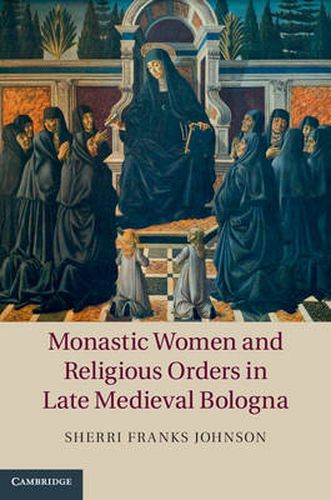Readings Newsletter
Become a Readings Member to make your shopping experience even easier.
Sign in or sign up for free!
You’re not far away from qualifying for FREE standard shipping within Australia
You’ve qualified for FREE standard shipping within Australia
The cart is loading…






Sherri Franks Johnson explores the roles of religious women in the changing ecclesiastical and civic structure of late medieval Bologna, demonstrating how convents negotiated a place in their urban context and in the church at large. During this period Bologna was the most important city in the Papal States after Rome. Using archival records from nunneries in the city, Johnson argues that communities of religious women varied in the extent to which they sought official recognition from the male authorities of religious orders. While some nunneries felt that it was important to their religious life to gain recognition from monks and friars, others were content to remain local and autonomous. In a period often described as an era of decline and the marginalization of religious women, Johnson shows instead that they saw themselves as active participants in their religious orders, in the wider church and in their local communities.
$9.00 standard shipping within Australia
FREE standard shipping within Australia for orders over $100.00
Express & International shipping calculated at checkout
Sherri Franks Johnson explores the roles of religious women in the changing ecclesiastical and civic structure of late medieval Bologna, demonstrating how convents negotiated a place in their urban context and in the church at large. During this period Bologna was the most important city in the Papal States after Rome. Using archival records from nunneries in the city, Johnson argues that communities of religious women varied in the extent to which they sought official recognition from the male authorities of religious orders. While some nunneries felt that it was important to their religious life to gain recognition from monks and friars, others were content to remain local and autonomous. In a period often described as an era of decline and the marginalization of religious women, Johnson shows instead that they saw themselves as active participants in their religious orders, in the wider church and in their local communities.